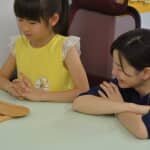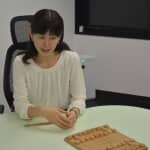Child-raising 15 May 2017
Five Things that Children will Learn through Traditional Japanese Lessons
April is just around the corner. In Japan, for school children, April is time to begin a new school year, and to meet new teachers and friends. Usually things change dramatically in Aril. So, I would say, April is the best season to start new things.
Presumably, what is the best for children to start new things is “to start a new lesson.” Speaking of lessons, there are many kinds of them, such as cram schools, piano, and swimming. We, I-tsu-tsu, whose basic philosophy is “amazing authentic traditional Japanese culture for children in the world”, would like to recommend lessons of traditional Japanese things.
When it comes to lessons of Japanese things, calligraphy or abacus are used to be standard. Besides them, recently children have become to have wider range of lessons, like classical Japanese dance, Japanese drum, sado (the way of Japanese tea), or kado (Japanese art of flower arrangement). Of course, our “Shogi” also has become a fad!
In this article, I would like to introduce what children can learn through lessons of traditional Japanese things. Let’s find new lessons which can expand children’s world with a new beginning!
1.Concentration
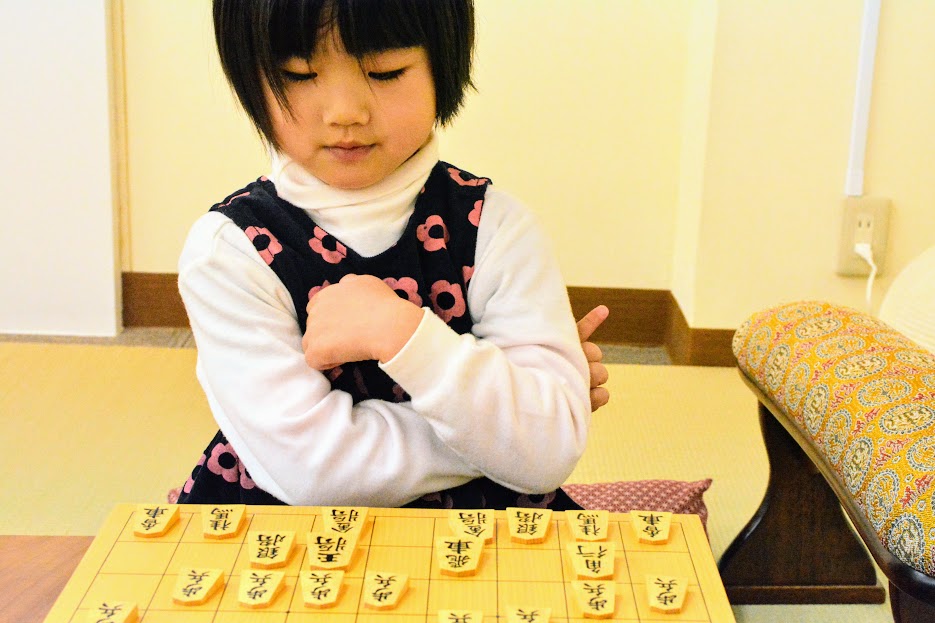
“Using few words” is one of the features that lessons of traditional Japanese culture have, including Shogi and calligraphy. The word, “using few words”, may evoke unhealthy image. But it’s not true. Just because you don’t use many words doesn’t mean you don’t have good communications with others. Children stop talking since they concentrate their energy into things in front of them.
For example, when you want to achieve good outcomes in Shogi or calligraphy, you need to communicate with pieces on a Shogi board or with a brush and ink for calligraphy. In other words, lessons of traditional Japanese things require you to have communication with “equipment” along with communication with “human beings”, such as a teacher and children in the class. Communication with “equipment” might force you to have considerable amount of concentration, and thus, you will gradually become speechless. At a glance, actions without saying a single word might make you think children are not engaged in any communications. On the contrary, they do have. They are saying in their minds, “I’m wondering how is today’s condition”, or “if you will do so, I will do this.”
If you recognize that your child has come to have less words during a lesson, it’s okay for you to understand your child has improved his/her skills for the lesson and their concentration.
2.Etiquette

Actually, etiquette is taught to children in homes and schools. However, it is a bit difficult subject not to impose on children as lifestyle guidance or discipline. As you may remember your experiences, things you learned reluctantly are difficult to become yours.
So, one possible way to master etiquette would be to learn through lessons.
For instance, in Shogi, there are three greetings called “three courtesies”:“Onegai shimasu (I’d like to rely on you to play this game with me)”,“Makemashita (I have lost a game)”,“Arigatou-gozaimashita (Thank you very much for the game).” In Shogi lessons, those greetings are not direct subjects to teach as etiquettes and children do them as a part of entire lesson contents. That is to say, children regard etiquettes as a part of Shogi, but courtesies which they are forced to do.
Not only Shogi, but many traditional Japanese culture require you to start and end things with greetings. On second thoughts,“Onegai shimasu” at the beginning and“Arigatou-gozaimashita” at the ending are quite natural and basic greetings. But, unexpectedly there are not a few adults who don’t make greetings correctly. So, if you do them well, you can give a good impression to others and be regarded favorably as well-mannered.
Why don’t you let your child learn etiquettes through Japanese cultural lessons in order for him/her to grow up to be well-mannered adults?
3.Beautiful behavior
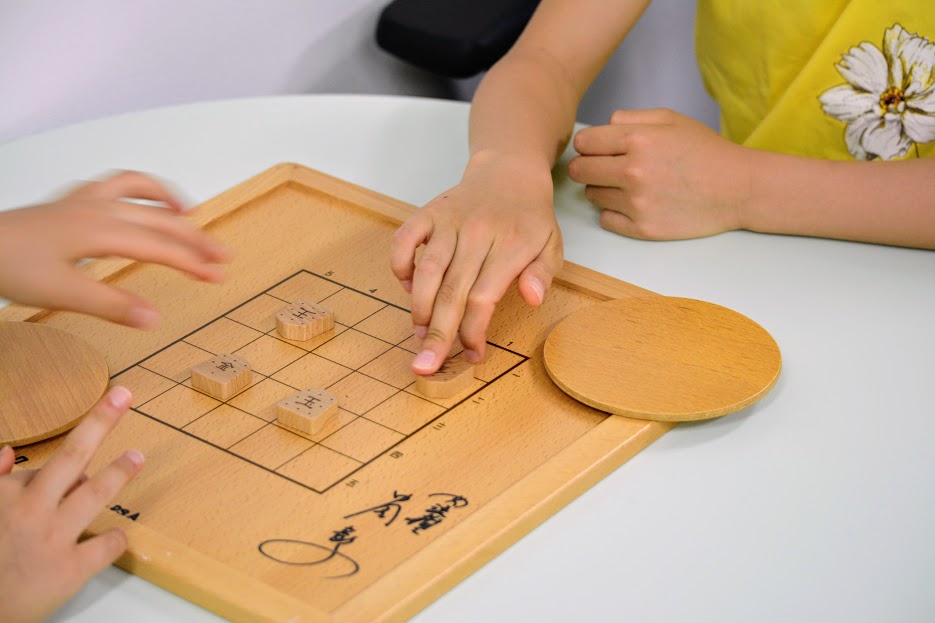
Physical movements in soccer or baseball could be named as “movement”. On the other hand, restricted movements in traditional Japanese culture including Shogi might be called “stillness”. Contrasting “movement” and “stillness”, you may think “stillness” is less showy and less difficult. It is totally different to reality.
For example, the posture that a professional Shogi player takes to put a piece on a board is tense and imposing. Movements in classical Japanese dance also has gracefulness and sophisticated beauty. The reason why movements of “stillness” look graceful is because those movements are created by careful attention to whole body, from head to toe. It’s not easy to produce such movements.
It derives from Japanese old custom of wearing Japanese clothes that sophisticated movements of “stillness” has been established in traditional Japanese culture. Wearing Japanese clothes, you need high tension and a lot of patience to keep everything in perfect order. Those who have experience to wear Japanese clothes might understand exactly what I mean.
You don’t need to wear kimono always during lessons of traditional Japanese things. Like etiquettes in section 2, behavior created in Japanese clothes has been defined as standard style in traditional Japanese culture. For these reasons, you will grow up with aesthetic poise without wearing Japanese clothes through learning traditional Japanese culture.
4.Identity as citizens of the world
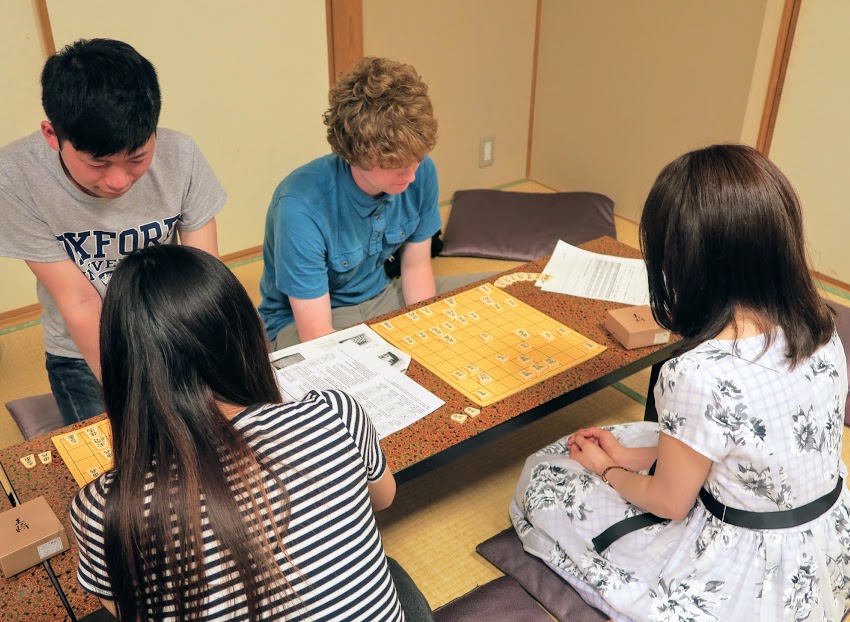
In this day and age, as globalism has been accelerating more and more, the possibility for children to go abroad is increasing. When you go abroad with your special skills of traditional Japanese culture, you will surely become a presence respected by others.
Also, if you have knowledge of Shogi, it will promote your communication with someone who has knowledge of board games sharing the same roots as Shogi (e.g. Xiangqi in China, and Chess in the West). This is also the case for Japanese tea ceremony, comparing the western culture observed in afternoon tea.
Also, when you go overseas, etiquette or beautiful behavior mentioned above in section 2 and 3 respectively can be one of excellent qualities that will highly appreciated.
Lessons of traditional Japanese culture are often strict to etiquette, and have many rules and traditions. Comparing to other kind of lessons, as Japanese who live in Japan, many of us might view them too formal to restrict one’s free will. Moreover, I suppose not a few parents might have concern if their children’s personalities would be suppressed by these formalities.
Despite concerns, these unique disciplined actions and manners observed among Japanese will be appreciated as “sophisticated Japanese characters”, not as “suppressed free will” outside Japan.
5.Rich sensitivity
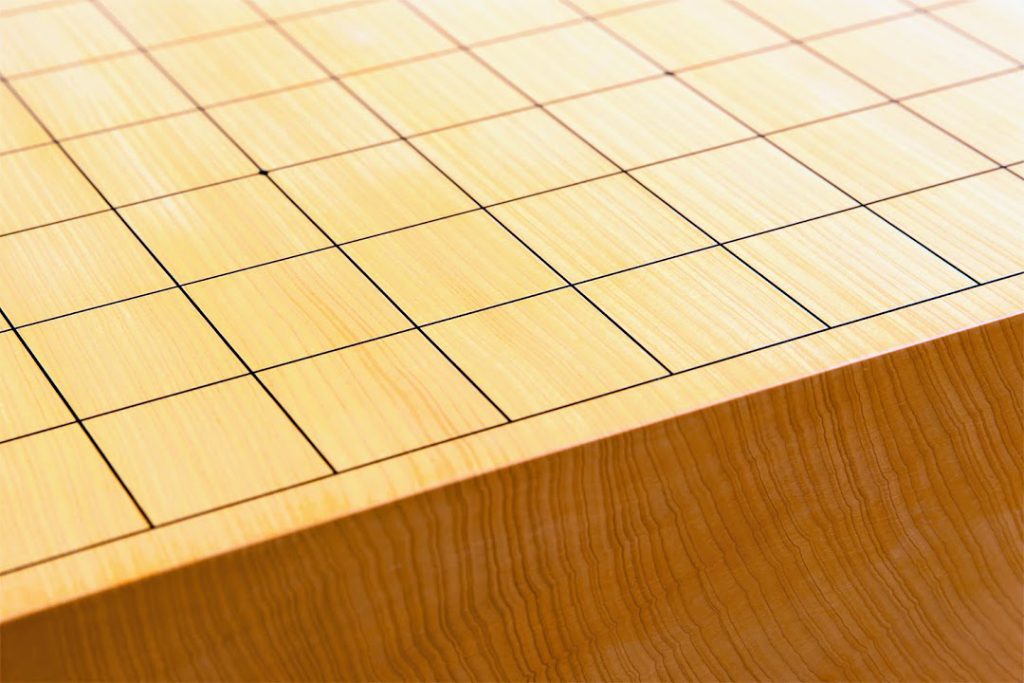
Japan has very beautiful four seasons, Spring, Summer, Autumn, and Winter. Appreciating each season to display flower arrangement or hanging scrolls, many traditional Japanese cultures incorporate idea of enjoying the change of four seasons.
Many equipment used for traditional Japanese culture are formed with natural materials: Shogi pieces made of woods, tea ceremony bowl made of clay, and calligraphy paper made from plant materials.
Surely, it is important to understand cultures through which we work toward attaining cultural skills. Besides this importance, I do hope that children could appreciate the importance of being next to four seasons and nature.
Rich sensitivities are included in what children can acquire through lessons of traditional Japanese culture.
How do you think about today’s article?
Did you get a feeling that children’s future will be full of joy and surprise?
For those who have come to be interested in Shogi lessons: Search for nationwide Shogi class and practice hall

